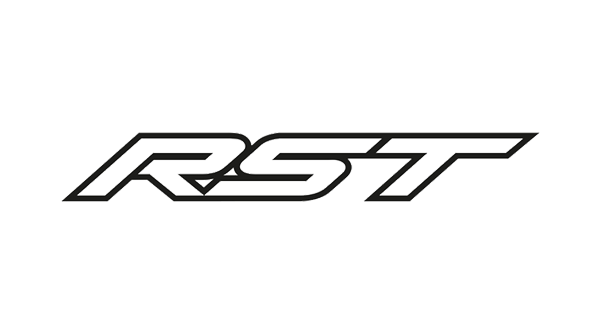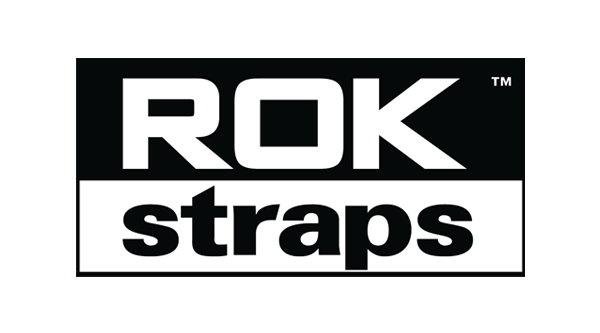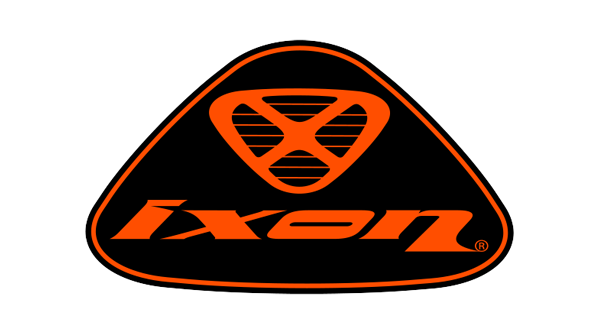SNELL helmet test - Explained

The Snell Memorial Foundation is a non-profit organization that conducts independent testing of motorcycle helmet safety. The Snell standard is generally considered to be more stringent than either the Department of Transportation (DOT) or Economic Commission for Europe (ECE) standards, and helmet manufacturers must undergo a series of rigorous tests in order to meet the Snell standard.
The Snell testing method includes a range of different tests designed to evaluate the performance of the helmet in various scenarios. These tests include:
- Impact tests: The helmet is subjected to a series of high-velocity impacts to evaluate its ability to absorb and dissipate impact energy. The helmet is dropped onto an anvil surface at various speeds and orientations, including directly onto the crown, onto the front and rear edges, and onto the side.
- Penetration tests: The helmet is subjected to a series of penetration tests to evaluate its ability to resist penetration by a sharp object. The helmet is struck with a pointed projectile at various speeds and angles.
- Fit and stability tests: The helmet is tested to ensure that it fits properly and remains stable on the head during normal riding conditions and in the event of a crash. This includes tests for the stability of the helmet on the head and the effectiveness of the retention system.
- Flammability tests: The helmet is tested to ensure that it does not catch fire or contribute to the spread of flames in the event of a fire.
- Peripheral vision tests: The helmet is tested to ensure that it does not restrict the rider’s peripheral vision.
Overall, the Snell standard is designed to ensure that motorcycle helmets performance meets a high level of safety and provides adequate protection in the event of a crash. It includes a wide range of impact, fit, stability, and penetration resistance tests, as well as flammability and peripheral vision tests


















